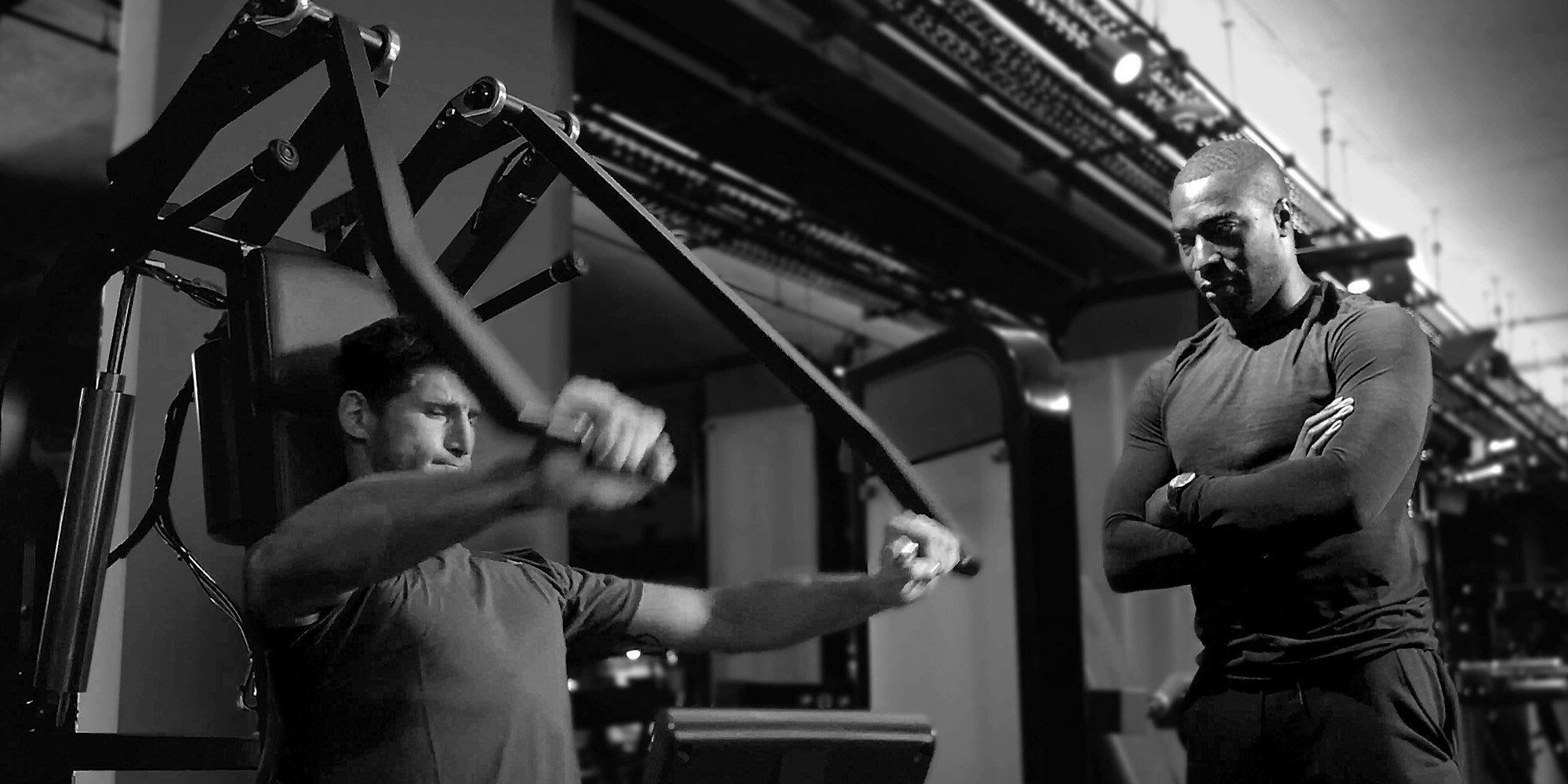4 min read

Keiser vs. Traditional Weights: The Science-backed Benefits of Keiser's Pneumatic Resistance Technology
Real-World Applications of Keiser Technology
Keiser resistance equipment stands out for many reasons, like easy-to-read displays, user-friendly controls, performance-driven data, and smooth, variable resistance. Some users simply like the fact that there aren’t weights banging around. However, the most distinguishing factor lies at the core of Keiser's design: its utilization of pneumatic resistance technology, a scientifically-validated alternative to traditional mass-based weights. This unique feature has underlying scientific-based qualities that benefit everyone from athletes to older adults.
- Athletes: Aside from elite-level data, pneumatic resistance helps athletes improve speed and power. Unlike traditional weights, the smooth, consistent resistance of air allows athletes to safely perform exercises at high speeds, enhancing their power and explosiveness.
- Older Adults: For older adults, maintaining muscle strength and mobility is crucial. Pneumatic resistance technology reduces joint stress and allows for controlled movements, improving functional strength and balance for everyday activities. It's a safer way to train, emphasizing the power needed for daily tasks.
- Weekend Warriors: For the average gym-goer, Keiser's advanced pneumatic resistance provides a versatile and safer option for building strength, power, speed, hypertrophy, and endurance. It allows for a wide range of exercises with consistent resistance, reducing the risk of injury and improving overall workout efficiency. Whether the goal is to lose weight, build muscle, or enhance general fitness, Keiser can cater to all needs.
People using Keiser equipment often notice the smooth, powerful feel. But what makes it different? The answer is fortified in science.
The Science Simplified
“All motion is governed by the laws of physics, independent of the exercise being performed or the exercise being used. However, the degree to which the governance affects the associated kinetics, kinematics (force, power, velocity, acceleration, etc.), and muscle activity is dependent on the resistance type.” — Dr. David Frost
The quote above by Dr. Frost was taken from one of his scientific studies that aimed to show the differences between pneumatic and mass-based resistance training. Scientific studies are great for supporting or refuting different claims, but they can be very hard to sift through. Even the quote above is hard to understand for most without reading it a few times.
Athletes and coaches are constantly on the lookout for innovative training methods to gain an edge in enhancing performance. Compare that to the average person trying to stay fit, live longer, move better, and avoid beating up their body. With all of the gimmicks and fads, it’s hard to decide what is proven to work. Once we see how the laws of physics apply to mass, we can then begin to understand Frost’s findings and fully grasp the power of air.
Newton’s First Law: The Role of Inertia
Inertia is the resistance to movement. A real car has more inertia than a toy car, making it harder to push and start moving. Traditional weight lifting involves high inertia, meaning more force is needed to start moving the weights. Keiser has low inertia, making movements smoother and safer, especially in vulnerable positions like the bottom of a squat.
Newton’s Second Law: A Pound Is Not Always a Pound
This law states that Force = Mass x Acceleration. When lifting weights, more force is needed to accelerate the weight quickly versus slowly. With Keiser, less mass means you can move faster, which is crucial for power and speed training. This benefits both athletes improving their vertical jumps and older adults moving more powerfully in daily life.
Newton’s Third Law: The Force and Muscle Activation Killer
Momentum (Mass x Velocity) makes it harder to stop a moving object, especially if that object is very heavy. This is why a heavy train or a packed vehicle requires a long distance to stop. In weight training, momentum assists the user after they have overcome inertia and then requires them to decelerate the bar at the end. With Keiser, there’s minimal momentum, leading to greater muscle engagement and smoother movements throughout the exercise.
|
Newton’s Laws |
What is Defined? |
Frost’s Findings |
Real-world Applications |
|
First Law |
Inertia |
Due to the low-inertial properties of pneumatic resistance, Frost found higher velocities and power outputs. |
Because of low inertia, our bodies are less susceptible to soft tissue injury at mechanically disadvantaged positions, such as the bottom of a squat. |
|
Second Law |
Acceleration |
Coupled with low inertia, individuals were able to train more efficiently for power and speed. They were able to improve their 1RM with increases in power production. |
Because we can hit higher accelerations, Keiser is more efficient for speed and power movements and improvements. This is crucial for the goals of athletes, older adults, and everyone else. |
|
Third Law |
Momentum |
Due to a lack of momentum assisting through the end of the lift, Frost found greater muscle activation and ballistic-like (releasing a ball or implement into free space) force and velocity patterns. |
With a lack of momentum, Keiser equipment feels smooth and consistent, constantly challenging the user throughout the full range of motion. Also, no jerking and bouncing weight stacks or bumpers. |
Frost's Research
Dr. David Frost's research shows the benefits of pneumatic resistance in two studies: one in real-time and the other over eight weeks. These studies demonstrate how Newton’s Laws of Motion apply in real-world exercise.
In the first study, Frost measured speed, power, force, and muscle activity. He found that people using pneumatic resistance had higher velocity and power at all loads, whether light or heavy. They also experienced a shorter deceleration phase and more muscle activity at the end of the range of motion. This matches what we expect from Newton’s Laws: with pneumatic resistance, we can move faster and more powerfully due to lower inertia and higher acceleration. Less momentum means greater muscle engagement at the end of the exercise.
In the second study, Frost looked at long-term changes in strength, power, and speed after eight weeks of training with either traditional weights or pneumatic resistance. Both groups improved their one-rep max, with the weight group showing a 10.4% improvement and the pneumatic group an 11.6% improvement. The pneumatic group also saw significant gains in power and speed, especially at lighter weights where these qualities are often trained. Interestingly, the weight group improved by increasing force application, while the pneumatic group did so by increasing power production.
Advancing Human Performance
Keiser's unique application of pneumatic resistance through its engineering and design provides a distinctive and effective alternative to traditional weight training. By reducing inertia and momentum, it offers consistent, controllable resistance that enhances muscle activation and lowers injury risk. Dr. Frost’s research highlights the advantages of pneumatic resistance in boosting force, power, and speed. This makes it a valuable tool for athletes, older adults, and regular gym-goers. Understanding the science behind Keiser’s innovation helps us make better training decisions, advancing human performance.
For a deeper dive into what we can learn from the acute and chronic adaptation comparisons between mass and pneumatics, check out The "Power" of Keiser: Iron vs. Air Research.

Subscribe to Keiser's FREE publications
Receive tips, articles, and tools to improve human performance via email.